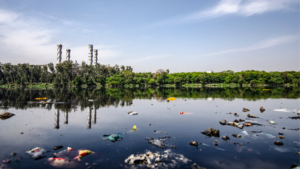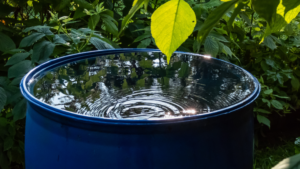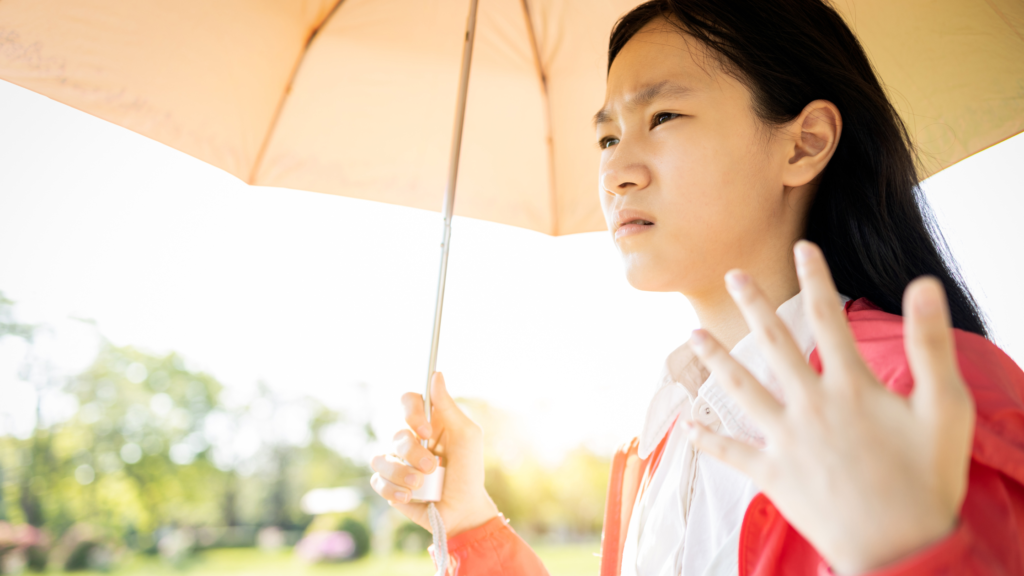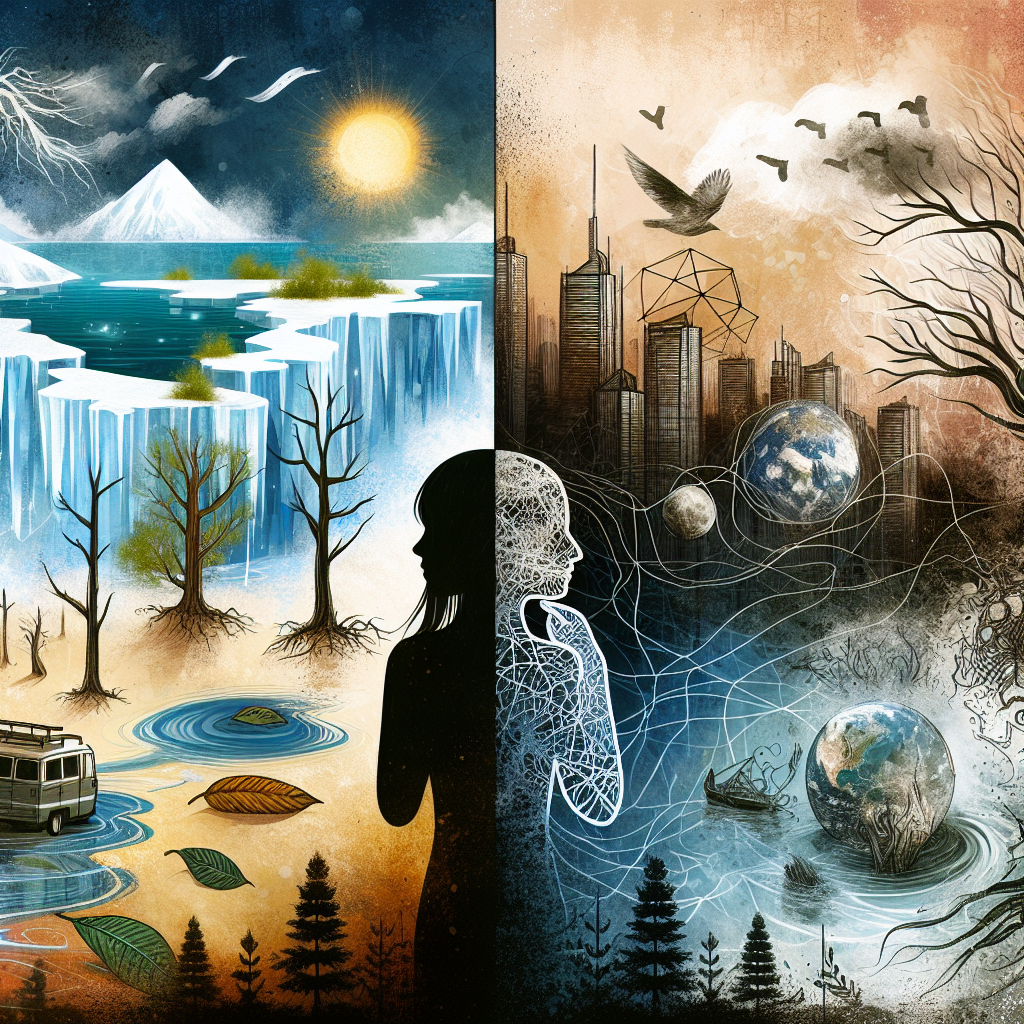Have you ever thought about what happens to your old clothes, that broken toaster, or the plastic containers cluttering your kitchen? It’s a bit unsettling, isn’t it?
In a world where “throwaway culture” is the norm, many of us find ourselves wondering how we can make a difference. Well, let me tell you that change is not just possible; it’s happening right now!
In this article, we’ll explore the inspiring stories of companies leading the charge in the circular economy as well as how you, as an individual, can contribute to this movement through everyday choices and community involvement.
READ RELATED: Linear Economy vs Circular Economy – Reshaping Our Economic Future
Circular Economy Examples
The circular economy isn’t just a futuristic concept; it’s happening now!
Companies around the world are ditching the old “take-make-waste” model for a more sustainable approach. Let’s explore some inspiring examples of how businesses are embracing circularity across different industries.
Companies Leading the Charge
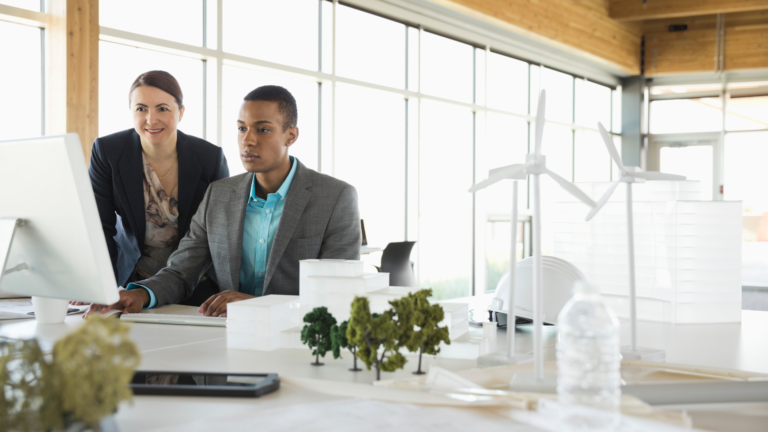
1. Patagonia: Champions of Repair and Reuse
Patagonia, a beloved outdoor clothing brand, is a true circular economy trailblazer. Their “Worn Wear” program encourages customers to extend the life of their gear through repairs and resale. This not only reduces waste but also fosters a sense of community among Patagonia enthusiasts.
Key Takeaways from Patagonia:
Repair and resell: Offer repair services and create platforms for reselling used products.
Transparency: Be open about your supply chains and material choices.
2. IKEA: Furnishing a Sustainable Future
Even furniture giants like IKEA are embracing circularity. Their goal is to become a fully circular business by 2030. They’re taking concrete steps, such as:
Buy-back programs: Allowing customers to return used furniture for recycling or resale.
Sustainable materials: Committing to using only renewable or recycled materials in their products.
Transparency: Providing a “Sustainable Product Index” to inform customers about the environmental impact of their purchases.
3. Unilever: From Packaging to Waste Reduction
Unilever, a consumer goods giant, is tackling circularity on multiple fronts:
Recyclable packaging: Aiming to make all their plastic packaging recyclable, reusable, or compostable by 2025.
Innovative solutions: Introducing lines like “Love Beauty and Planet” that use recycled materials and promote sustainable sourcing.
Waste reduction: Implementing a “Waste-Free World” initiative to minimize waste throughout their supply chain.
4. Philips: Lighting as a Service
Philips is also one of the circular economy companies shifting from selling light bulbs to providing a service. Their “Lighting as a Service” model includes installation, maintenance, and end-of-life management. This encourages them to design durable, energy-efficient products that can be easily upgraded and recycled.
Industries in Action
1. Textiles: Giving Clothes a Second Life
The fashion industry is notorious for waste, but brands like Eileen Fisher are changing the game. Their take-back programs allow customers to return worn items for resale or recycling.
The “Renew” initiative repurposes used garments, extending their lifecycle.
Source: Eileen Fisher
2. Construction: Building for Disassembly
Construction is resource-intensive, but companies like Skanska are pioneering circular approaches. Their “circular building” concept emphasizes:
Reuse of materials: Prioritizing recycled and reclaimed materials.
Modular construction: Using components that can be easily disassembled and reused.
3. Food and Agriculture: Turning Waste into Resources
Aalborg Portland, a Danish cement company, exemplifies circularity in manufacturing. They use by-products from other industries to produce energy, reducing waste and carbon emissions.

4. Electronics: Designed for Longevity and Recycling
Dell is a champion of circularity in electronics. They design products for durability and recyclability. Their “Closed-Loop Recycling” program incorporates recycled materials into new products and facilitates responsible e-waste recycling.
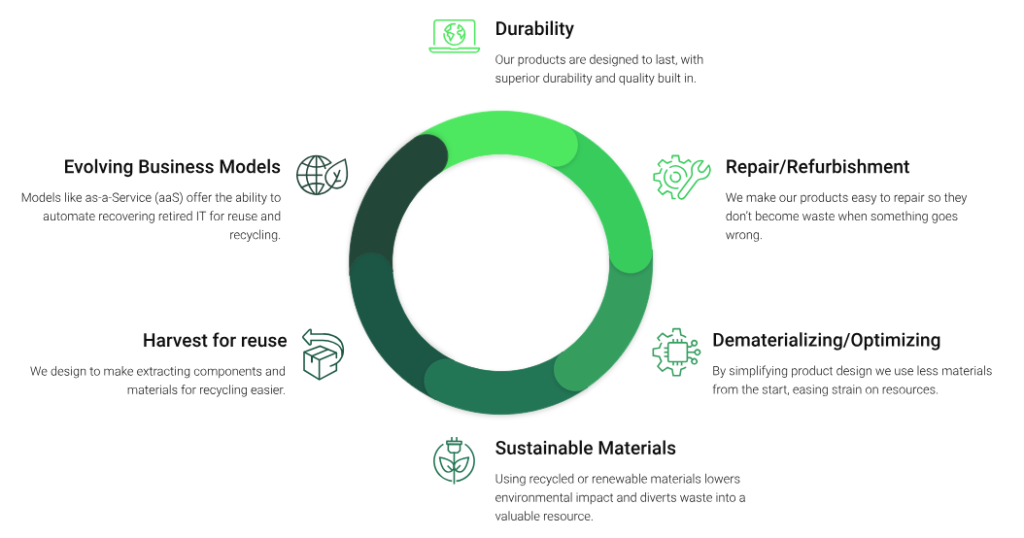
5. Automotive: Remanufacturing for a Sustainable Drive
Renault is leading the way in automotive circularity with its “Re-Factory” initiative. This focuses on remanufacturing and recycling car parts, reducing waste and resource consumption.
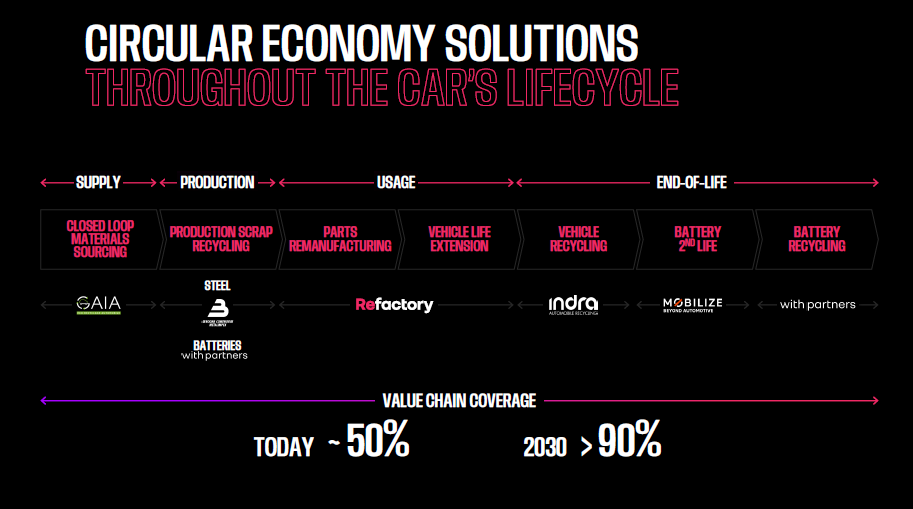
Policy and Regulation: Paving the Way for a Circular Future
Linear economy vs circular economy is no longer a talk at the state levels as Governments are also accelerating the transition to a circular economy. Here are some key policy areas they’re working on:
Current Policies
European Union’s Circular Economy Action Plan | A comprehensive framework to promote sustainable product design, recycling, and the use of secondary raw materials.
National Strategies | Countries like Japan and South Korea have implemented policies to reduce waste and promote resource circulation.
Potential Future Regulations
Extended Producer Responsibility (EPR) | Holding manufacturers accountable for the entire lifecycle of their products.
Mandatory Recycling Targets | Setting ambitious goals for material recovery.
Incentives for Circular Business Models | Providing financial support for companies adopting circular practices.
Regulation of Single-Use Plastics | Phasing out or taxing single-use plastics.
Cross-Border Waste Trade Regulations | Ensuring responsible international waste management.
Your Shopping Superpower: Choosing Wisely
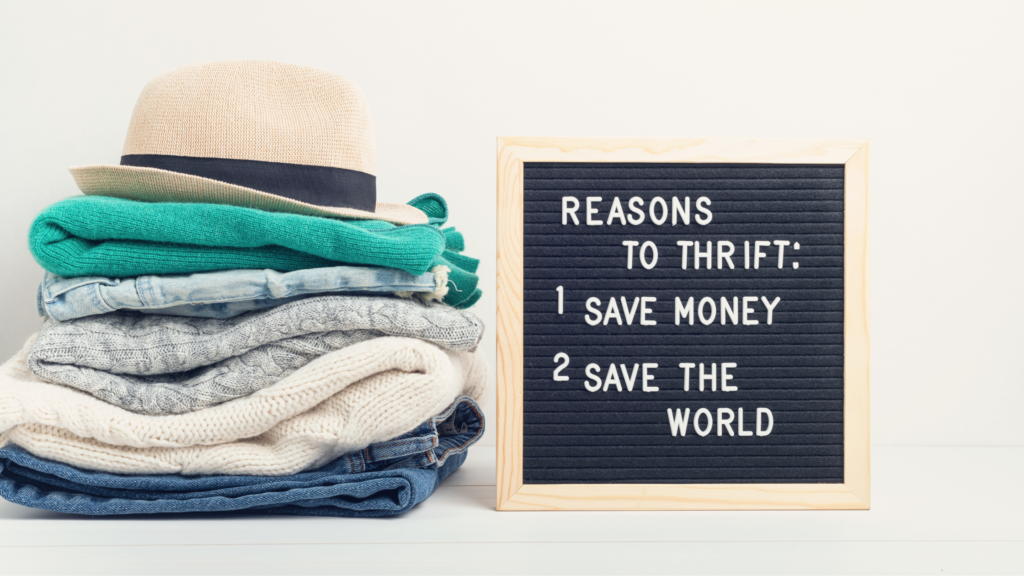
We often hear about businesses and governments tackling big environmental issues, but did you know that individuals like you and me play a crucial role in setting circular economy examples? It’s all about making conscious choices in our daily lives that reduce waste and support sustainable practices.
Every time you buy something, you’re casting a vote for the kind of world you want to live in. Here’s how to make your purchases count:
1. Be a Sustainability Detective
Look for products made from recycled materials or designed to last longer. Check for certifications or labels that indicate a company’s commitment to sustainability.
2. Embrace the 3 Rs (and Make it a Habit!)
Reduce your consumption, reuse items whenever possible, and recycle everything you can. These simple actions make a big difference!
3. Support Your Local Heroes
Shop at local businesses, especially those with circular practices. You’ll be supporting your community and a more sustainable economy.
4. Spread the Word
Learn about the circular economy and share your knowledge with friends and family. The more people who understand it, the faster we can make a difference.
Taking Action in Your Community
Ready to take your circular economy game to the next level? Get involved in your community!
1. Become a Repair Guru
Participate in or organize repair cafes where people can learn to fix things instead of throwing them away. It’s a great way to learn new skills, reduce waste, and connect with your neighbors.
2. Recycle Like a Pro
Take advantage of local recycling and composting programs. Your participation encourages local governments to invest in sustainable waste management.
3. Share and Borrow
Join time banks or tool libraries where you can borrow or exchange tools and services. It’s a great way to save money, reduce consumption, and meet new people.
4. Raise Your Voice
Support policies and initiatives that promote a circular economy. Sign petitions, attend town hall meetings, and contact your elected officials.
The Future is Circular: A Glimpse into What's Possible
The shift to a circular economy is gaining momentum, and the future looks promising. Here are some exciting predictions:
Circular Businesses Will Be the Norm
More and more companies will adopt circular models as consumer demand for sustainable products continues to grow.
Technology Will Power the Transition
Innovations like the Internet of Things (IoT), blockchain, and artificial intelligence (AI) will help track resources, optimize recycling, and understand consumer behavior.
Sustainable Design Will Be the Standard
Designing products with sustainability in mind will become the norm. Renewable, recyclable, and biodegradable materials will be prioritized.
Collaboration is Key
Businesses, governments, and non-profit organizations will work together to overcome challenges and share best practices.
A Global Win-Win: Benefits of Circular Economy
The shift to a circular economy is gaining momentum, and the future looks promising. Here are a few anticipated benefits of circular economy;
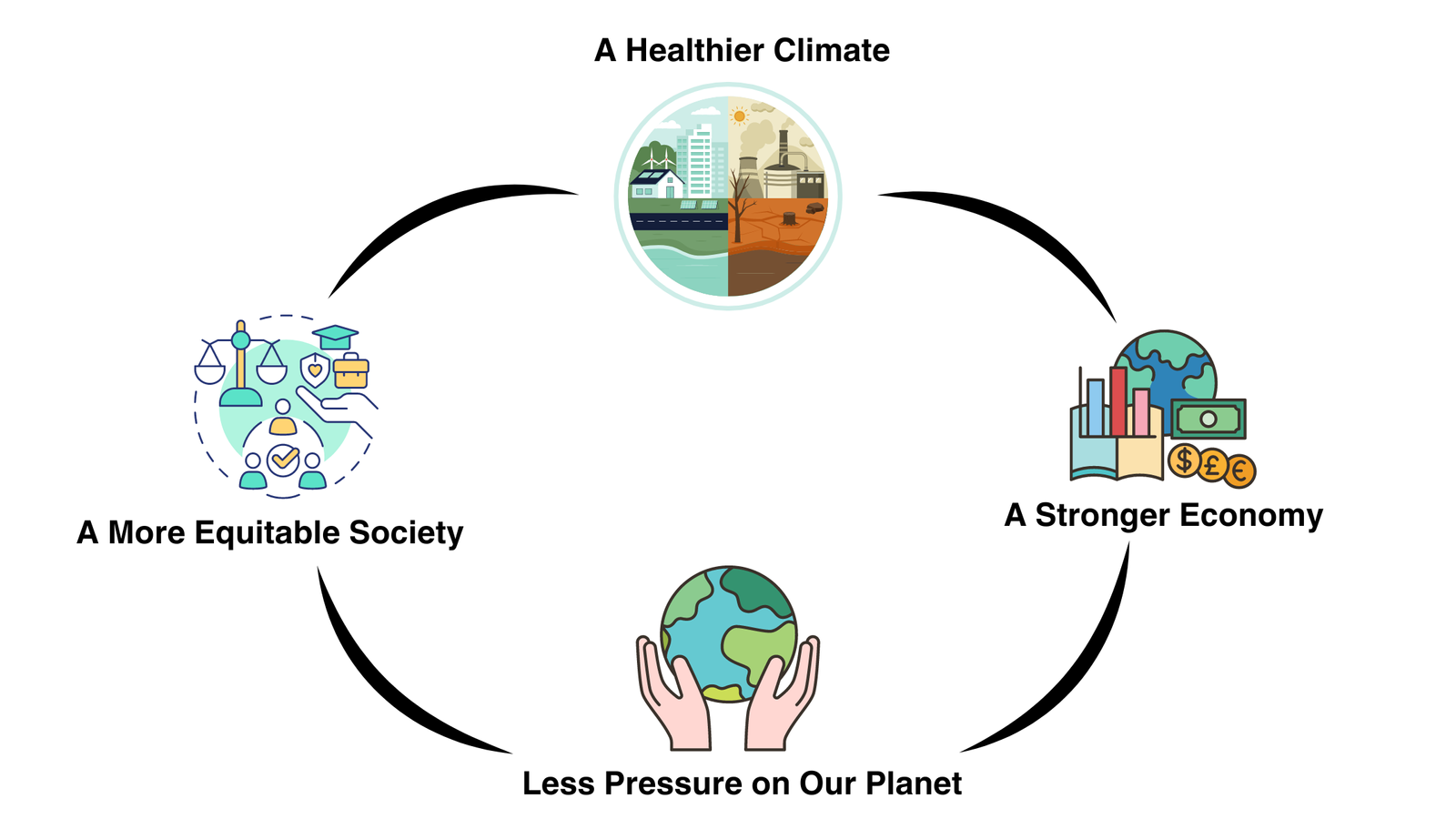
The circular economy is not just a nice idea; it’s a necessary path toward a more sustainable and prosperous future. By making conscious choices and taking action in our communities, we can all play a part in building a future encompassing a healthier climate and a stronger economy having less pressure on planet’s resources, and hence a more equitable society.
Conclusion
The circular economy is not a distant utopia; it’s a journey we’re already on.
It’s a journey that requires collaboration, innovation, and a shared vision for a future where waste is minimized, resources are valued, and prosperity is shared.
These examples of circular economy show that not only businesses and industries are now aiming for it but also as an individual we are responsible to opt for conscious consumerism.
- https://www.patagonia.com/stories/our-quest-for-circularity/story-96496.html
- https://www.ikea.com/global/en/our-business/sustainability/our-circular-agenda/
- https://www.unilever.com/sustainability/plastics/
- https://www.philips.com/a-w/about/environmental-social-governance/environmental/circular-economy.html
- https://www.eileenfisherrenew.com/
- https://foresight.skanska.com/decarbonizing-construction/Why-circularity-matters-in-building-materials/
- https://aalborgportlandholding.com/en/sustainability/circular-economy
- https://www.dell.com/en-us/dt/corporate/social-impact/advancing-sustainability/accelerating-the-circular-economy.htm#circular-products-and-services
- https://media.renaultgroup.com/the-future-is-neutral-the-circular-economy-is-stepping-into-a-new-era/


